
It was several decades ago that I found my first patch of sea kale. Those plants — incongruous, enormous, almost alien — presented the most extraordinary vista I have encountered in my travels through the natural world. I had been walking east along the beach beneath the red cliffs at West Bay in Dorset.
As the cliffs ended, the beginning of Chesil Beach came into view and I was confronted with what looked like hundreds of gigantic cabbages. In fact they numbered in their thousands, stretching from where I stood for most of the length of the beach, some 17 miles. It is likely to be the largest population of this plant in the world and a great British treasure.
Sea kale is a plant of pebble and shingle beaches, usually on unstable upper shores. In Britain it can be found in suitable habitats from Lowestoft in Suffolk, then west to Penzance, and around the Irish Sea from Anglesey to Portpatrick in south-west Scotland. It is a substantial perennial at more than 1m across and high, sprouting from thick, roots that bury deep into the beach. Late in the year it dies back.
The entire ecosystem of these vegetated pebble beaches is fascinating and highly variable. A plant found with sea kale — one that you most definitely would not wish to eat — is the yellow horned poppy. It is strikingly beautiful but secretes a yellow sap when cut that is poisonous. Sea beet, one of the best wild vegetables, and the considerably less edible sea campion and rock samphire can also be found.
Covent Garden
Esta historia es de la edición March 04, 2020 de Shooting Times & Country.
Comience su prueba gratuita de Magzter GOLD de 7 días para acceder a miles de historias premium seleccionadas y a más de 9,000 revistas y periódicos.
Ya eres suscriptor ? Conectar
Esta historia es de la edición March 04, 2020 de Shooting Times & Country.
Comience su prueba gratuita de Magzter GOLD de 7 días para acceder a miles de historias premium seleccionadas y a más de 9,000 revistas y periódicos.
Ya eres suscriptor? Conectar
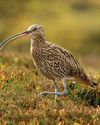
United we stand
Following United Utilities' decision to end grouse shooting on its land, Lindsay Waddell asks what will happen if we ignore our vital moors
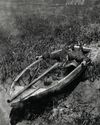
Serious matters
An old gamebook prompts a contemplation on punt-gunning
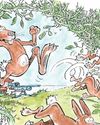
They're not always as easy as they seem
While coneys of the furry variety don't pose a problem for Blue Zulu, he's left frustrated once again by bolting bunnies of the clay sort
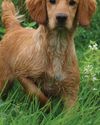
Debutant gundogs
There's lots to think about when it comes to making the decision about when to introduce your dog to shooting

When the going gets rough
Al Gabriel returns to the West London Shooting School to brush up on his rough shooting technique
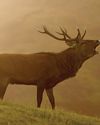
The Field Guide To British Deer - BDS 60th Anniversary Edition
In this excerpt from the 60th anniversary edition of the BDS's Field Guide To British Deer, Charles Smith-Jones considers the noise they make
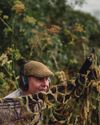
A step too far?
Simon Garnham wonders whether a new dog, a new gun and two different fields in need of protection might have been asking too much for one afternoon's work
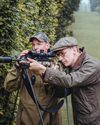
Two bucks before breakfast
A journey from old South London to rural Hertfordshire to stalk muntjac suggests that the two aren't as far detached as they might seem
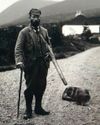
Stalking Diary
Stalkers can be a sentimental bunch, and they often carry a huge attachment to their hill
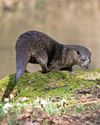
Gamekeeper
Alan Edwards believes unique, private experiences can help keepers become more competent and passionate custodians of the countryside